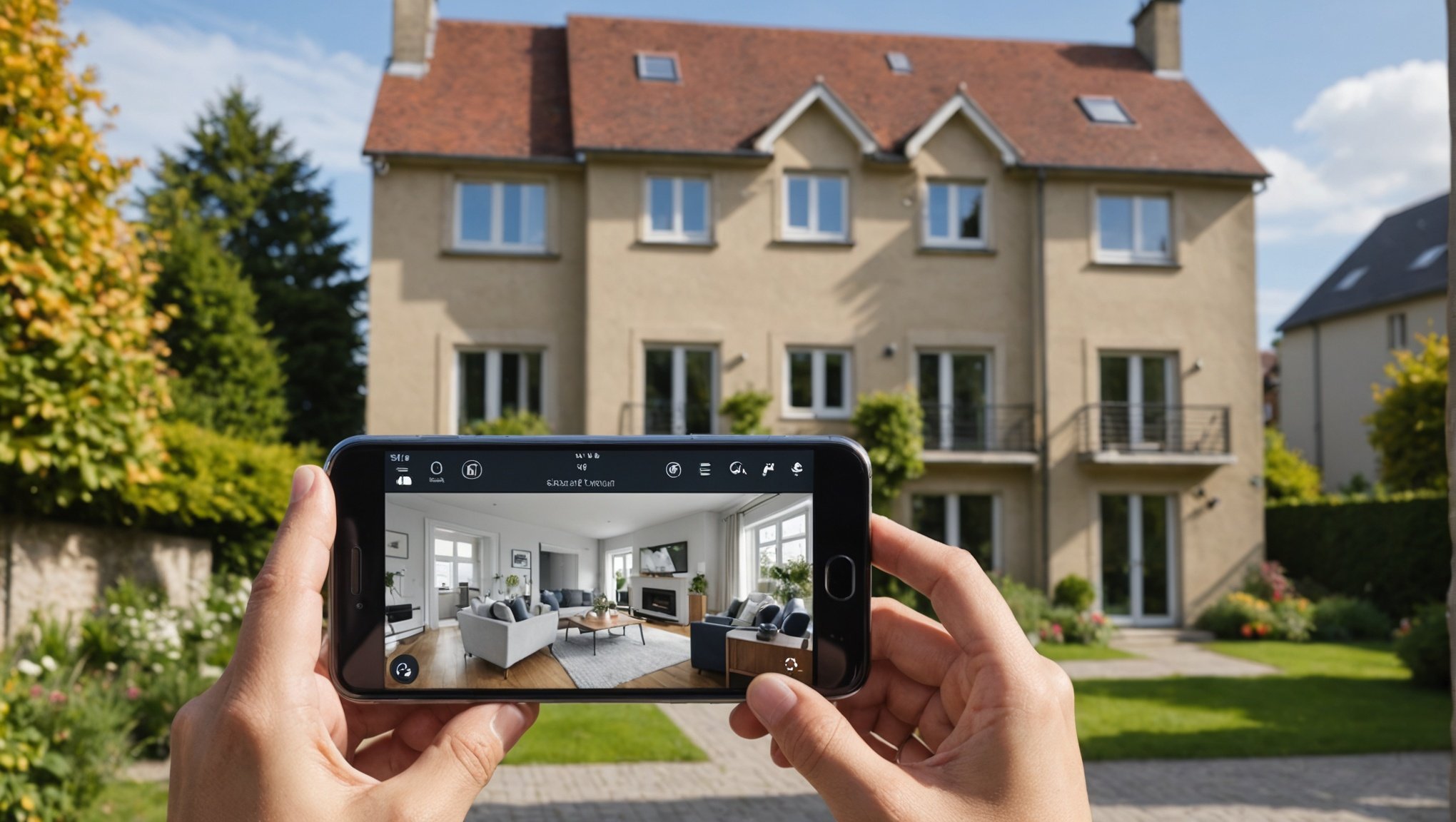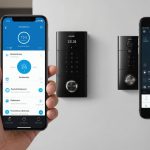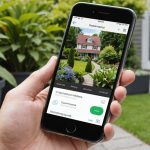In today’s world, security is a paramount concern for homeowners. With advancements in technology, smart home surveillance systems are becoming more accessible and user-friendly, especially those that utilize smartphones. Your smartphone can now be the command center of an efficient and effective home security system, allowing you to monitor your home in real-time, from anywhere in the world. In this guide, we will detail the steps needed to set up a smart home surveillance system using your smartphone.
Choosing the Right Smart Home Surveillance System
Before you can set up your smart home surveillance system, you need to select the right one for you. There are several factors to consider when choosing a surveillance system, such as ease of installation, compatibility with your smartphone, and the specific security needs of your home.
Have you seen this : How Can You Use Your Smartphone to Control and Monitor Smart Home HVAC Systems?
There are several types of security cameras available on the market today, each with its advantages and disadvantages. These include wired cameras, wireless cameras, and Wi-Fi-enabled cameras. Wired cameras provide a stable connection but require professional installation, while wireless and Wi-Fi-enabled cameras offer easy installation but may face connectivity issues.
When choosing the surveillance system, also consider the quality of the video footage, the field of view of the cameras, and whether they offer features such as night vision and motion detection. Also, ensure that the surveillance system is compatible with your smartphone, allowing you to monitor and control it remotely.
Also read : How to Use Your Smartphone to Create a Smart Home Garden Monitoring System?
Setting Up the Hardware
Once you have selected the right surveillance system for your home, the next step involves setting up the hardware. This involves installing the cameras in strategic locations around your home to ensure maximum coverage.
The front door, back door, and first-floor windows are the most common entry points for burglars, so it’s recommended to place cameras in these locations. Make sure that the cameras are positioned in such a way that they cover as much area as possible. For instance, a camera installed in the corner of a room can provide a wider field of view than one installed in the middle of a wall.
Remember to install the cameras at a high enough position to avoid easy tampering and ensure that they are sheltered from weather elements if installed outdoors. Also, take note of the range of your Wi-Fi connection, especially if you’re using Wi-Fi-enabled cameras. They need to be within range of your router to function correctly.
Configuring the Software
With the hardware in place, it’s time to set up the software. The surveillance system will come with an app that you’ll need to install on your smartphone. This app will be your main point of control for the entire system.
Once the app is installed, follow the on-screen prompts to connect your surveillance system to the app. You’ll need to enter details such as your Wi-Fi network and password. Ensure that your smartphone is connected to the same Wi-Fi network during this setup process.
After connecting the cameras, you can adjust the various settings to suit your preferences. For instance, you can set up notifications for when the cameras detect motion, or schedule when the cameras should be active. Take some time to familiarize yourself with the app and adjust the settings as needed.
Testing the System
After setting up the hardware and configuring the software, you should conduct thorough tests to ensure that everything is working as it should. This involves checking that each camera is functioning correctly, the video quality is satisfactory, and the system responds correctly to the settings you’ve chosen.
You’ll need to check the live feed from each camera on your smartphone to ensure they are providing clear and stable footage. Test the motion detection feature by moving in front of each camera to see if it triggers a notification on your smartphone. You should also test the system at different times of the day, especially at night, to check the performance of the night vision feature.
Regular Maintenance and Updates
Just like any other technology, a smart home surveillance system requires regular maintenance and updates to keep it running smoothly. This involves cleaning the cameras to ensure clear footage, checking the internet connection, and updating the software when necessary.
Most surveillance systems will automatically notify you when an update is available. These updates often come with improvements and new features that enhance your system’s performance. Therefore, make sure to install them as soon as they are available.
Remember, the key to a successful smart home surveillance system setup lies in careful planning, proper installation, and regular maintenance. With steps detailed in this guide, you should be able to set up a surveillance system that not only enhances your home’s security but also gives you peace of mind.
Integrating with Other Smart Home Devices
An added advantage of modern smart home surveillance systems is their ability to integrate with other smart devices in your home. If you have a smart home ecosystem, it adds an extra layer of flexibility and control over your home’s security.
For instance, if your surveillance system is compatible with a smart home platform like Google Home or Amazon Alexa, you can use voice commands to control your security cameras. You can ask your virtual assistant to show the live feed from a specific camera, or even to switch the system on or off.
Moreover, some advanced smart surveillance systems can integrate with smart locks, smart lights, or alarms. With this integration, you can set up automated actions. For instance, if your camera detects motion at your front door, it could automatically trigger your smart lights to turn on, potentially deterring an intruder.
Furthermore, you can also integrate your surveillance system with a smart doorbell. This integration allows you to see who’s at the door without having to open it, adding an extra layer of security.
Therefore, when choosing your surveillance system, consider the smart home devices you already have or plan to get. It will ensure you select a system that you can integrate with these devices, enhancing your home’s security and convenience.
Setting up a smart home surveillance system using your smartphone is not only possible but also quite straightforward. With the right system and smart integration, your smartphone becomes the command center of your home’s security. Following the steps outlined in this guide—choosing the right system, setting up the hardware, configuring the software, testing the system, and maintaining it regularly—will ensure you have a reliable and effective security system.
Remember, the goal is not just to set up a surveillance system. Instead, it’s about creating a safer, smarter home where you have real-time control and the ability to respond quickly to any security threats. It’s peace of mind knowing that your home is secure, even when you’re miles away.
So, take your time to choose a system that best fits your security needs, integrates well with your other smart devices, and is easy to manage through your smartphone. With the advancements in technology, smart home surveillance systems are becoming more accessible and user-friendly, adding an important security layer to our homes and lives.











